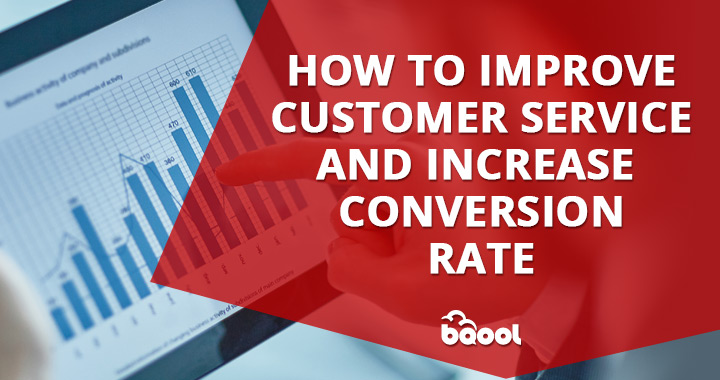How To Develop Your Brand Reputation On Amazon

When it comes to Amazon customers, as little as 5% take the time to leave some sort of feedback. Low customer responses are frustrating in any business, but this is especially the case on Amazon, where customer reviews and brand reputation are two of the few tools that you have to separate yourself from other third-party sellers. Here are a few examples where having a poor brand reputation can hurt you.
- Say that you offer a similar product to a potential competitor on Amazon. However, due to a lack of positive feedback, the customer assumes that your option is a lesser version of the alternative with more reviews or feedback.
- If an issue happens outside of your control, like with shipping or a damaged product, customers are more likely to treat this as not the norm for companies with a strong brand reputation. However, if there isn’t a record of strong customer service, they may assume the worst of your company, and you lose that customer.
- Following up on the previous example, if a customer leaves a negative review or feedback and doesn’t get any response, they may end up spreading their negative impressions to other channels. This could cost you potential customers before they even see what you have to offer.
With this said, there are a few options that Amazon sellers have in order to ensure that their brand reputation is strong enough to avoid these situations, as well as minimize their impact. Here are some key pieces of advice.
Optimizing Your Keywords: If you use Amazon advertising, this will apply to your ads, but your product descriptions also should be well-optimized. The reason that keywords matter for brand reputation is due to something called searcher intent. When someone types in a set of words in Google or Amazon, they have a certain intent, like buying a product or learning more about something. You want to adjust your keywords to match what people would think when wanting to buy a product like yours. Not only does this mean more sales, but also more happy customers who are naturally motivated to leave feedback. This base of strong feedback is what every Amazon seller’s brand reputation is built on.
Strong Product Pages: Another major piece of brand management is putting forth the best face possible for your customers. For Amazon, this starts with your product pages. Make sure that you offer as many details as possible about your product, and potentially even use the FAQ function to address customer questions before they arise. The more details on your product pages, the better chance that your customers buy a product they are happy with and leave positive feedback. Something that also bears mentioning is the images that you use. Because customers can’t see your product in person, having several high-quality images is essential to add that layer of trust.
Soliciting Feedback: Amazon’s policies state that “You may request feedback from a buyer. However, you may not offer pay nor any incentive to a buyer for either providing or removing feedback.” The good news about this is it allows sellers to be more active when it comes to trying to grow their feedback metrics. However, there is a right and a wrong way to do this. For example, sending a follow-up email to past customers is common. However, email marketing has its own ups and downs. A combination of an enticing headline and strong copy is needed to ensure your email gets read rather than instantly sent to the trash.
Acting On Feedback
Positive or negative, one of the biggest moments an Amazon seller has to develop its brand reputation is acting when a customer provides feedback. Research from Amazon itself says that a response given within 24 hours is 50% less likely to result in negative feedback. Of course, the key is not just speed but also the quality of the response. For negative feedback, a quick and sincere apology is necessary, along with laying out a plan to address the issue. If you are able to resolve the customer’s issue quickly, you may get positive feedback based on your customer service alone.
Navigating the changing landscape of Amazon to create an ideal brand reputation for your product and company boils down to being able to look at and act on as much authentic customer feedback as possible. This is where BQool’s BigCentral tool comes in. As a part of our greater suite of software for Amazon sellers, BigCentral makes it possible to automate reviews and requests for feedback, giving you a larger pool of data and impressions to make decisions. In addition, features like negative feedback alerts allow you to act quickly to customer complaints, and the greater feedback performance dashboard lets you see exactly how much your metrics align. Try a free trial today.









Leave a Reply